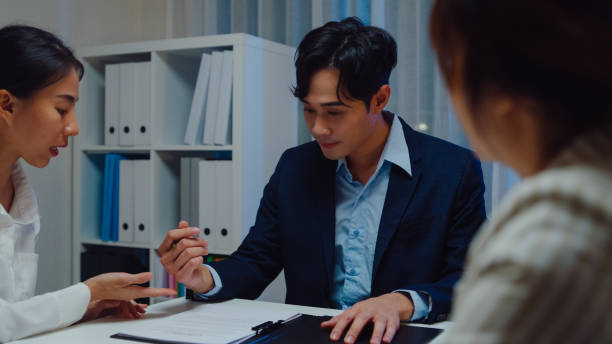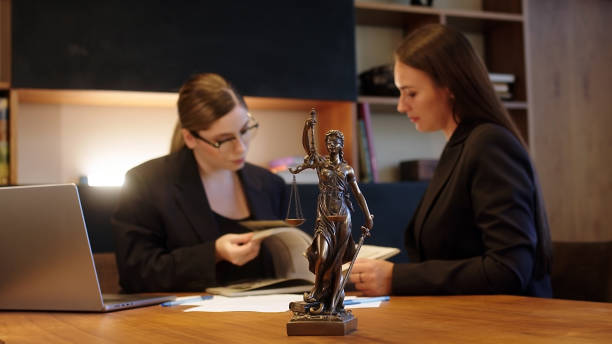How Virtual Reality in Courtrooms Is Transforming Legal Evidence Presentation
How Virtual Reality in Courtrooms Is Transforming Legal Evidence Presentation
Blog Article
The legal landscape is evolving at a breathtaking pace, and technological advancements are reshaping countless aspects of courtroom procedures. One of the most profound transformations currently underway is the integration of virtual reality (VR) into the courtroom, particularly in the way legal evidence is presented. As courts relentlessly pursue greater accuracy, clarity, and fairness, VR is emerging as a powerful tool that is dramatically altering the presentation and perception of evidence.
The Current Landscape of Evidence Presentation
Traditionally, courts have relied on physical evidence, photographs, documents, and, more recently, digital projections or video clips to support arguments and clarify facts. While these methods have served the justice system well for decades, they possess inherent limitations. Two-dimensional images and static diagrams often fall short in conveying the complexities of a crime scene or the nuances involved in a particular sequence of events. Juries and judges may struggle to visualize the spatial relationships or grasp the dynamics of a specific incident, potentially impacting their ability to make fully informed decisions. To discover how innovative solutions are overcoming these limitations, explore our website now for deeper insights and emerging technologies in courtroom evidence presentation.

Introduction to Virtual Reality in Legal Proceedings
Virtual reality offers a fundamentally immersive experience by allowing users to step into a three-dimensional digital environment. In the context of a courtroom, this means recreating crime scenes, accident sites, or other critical locations relevant to a case with remarkable fidelity. With specialized VR headsets and software, judges, lawyers, witnesses, and jurors can experience these environments almost firsthand. This shift from passive observation to active participation is key to understanding the unique value VR brings to evidence presentation.
Enhancing Clarity Through Immersive Visualizations
One of the primary advantages of VR in courtrooms is its unparalleled capacity for clarity. By virtually reconstructing a scene, legal professionals can walk jurors through every detail, from the placement of objects to vantage points and trajectories. Complex scenarios like multi-car collisions, building fires, or violent altercations can be reconstructed in VR, allowing participants to view the event unfold from multiple perspectives or even at different speeds. This immersive visualization helps eliminate confusion and fosters a more comprehensive understanding of the evidence.
Improving Engagement and Memory Retention
Numerous studies in cognitive science indicate that immersive experiences enhance concentration and memory retention. When jurors step into a VR reconstruction, they are likely to remain more engaged and retain more details compared to when they observe flat images or listen to verbal descriptions. This increased engagement is crucial in long and complex trials where retaining key information can make a dramatic difference in the outcome.
Supporting Witness Testimony with Context
Witnesses often struggle to describe what they observed, especially if the incident was traumatic or occurred in a complicated setting. Virtual reality can assist by providing a contextual backdrop to their testimony. With the aid of VR, witnesses can revisit a digital recreation of the scene and clarify precisely what they saw, where they were positioned, or the sequence in which events took place. This not only aids their recall but also provides the court with crucial context that static photos or maps cannot deliver.
Facilitating Complex Reconstructions
In cases involving technical or scientific evidence, such as those dealing with ballistic trajectories, blood spatter analysis, or architectural faults, VR proves invaluable. Experts can utilize virtual simulations to demonstrate their findings dynamically, allowing jurors and judges to visualize abstract or complicated concepts. The transition from abstract numerical data to tangible virtual models significantly boosts comprehension and reduces the likelihood of misunderstanding among non-experts.
Overcoming Accessibility and Bias Concerns
While VR has the potential to supercharge the presentation of evidence, its integration raises important questions around accessibility and fairness. Not all participants may be comfortable with virtual reality technology. Additionally, there is the risk that particularly dramatic or realistic simulations might unfairly sway jurors’ emotions. Courts implementing VR evidence must rigorously vet reconstructions for accuracy, ensure that all parties receive equal access and training with the technology, and provide guidance to help reduce possible biases.
Legal Precedents and Regulatory Challenges
As VR technology finds its place in modern courts, the legal system is also grappling with new regulatory considerations. Questions about the admissibility of VR evidence, standards for creation and verification, and protocols for reproduction and review are being actively explored in legal circles. Judges must develop criteria for determining when VR reconstructions are appropriate, and legal teams must work with certified experts to ensure that digital environments are accurate, unaltered, and free of manipulation. The evolving body of case law addressing these challenges is rapidly shaping the road ahead for VR’s courtroom adoption.

The Future of Virtual Reality in Evidence Presentation
The potential of virtual reality technology in legal settings is vast. Looking forward, artificial intelligence may supplement VR reconstructions, automatically generating scenes from data or cross-referencing multiple sources to enhance accuracy. As hardware becomes more accessible and software advances, VR could become a regular feature of every significant trial, ensuring that legal decision-makers have the most immersive, accurate evidence possible at their fingertips.
Conclusion
The integration of virtual reality technology in courtrooms is redefining the presentation of legal evidence. Courts across the globe are beginning to harness the power of immersive, three-dimensional reconstructions to bring greater clarity, engagement, and understanding to complex legal proceedings. While challenges around accessibility, regulation, and fairness remain, the benefits are undeniable. VR is not just a futuristic gimmick—it is a potent tool that promises to make justice more precise, transparent, and accessible. For legal professionals and the justice system as a whole, embracing this transformation means better outcomes, fairer trials, and a deeper commitment to truth and accuracy in the pursuit of justice. Report this page